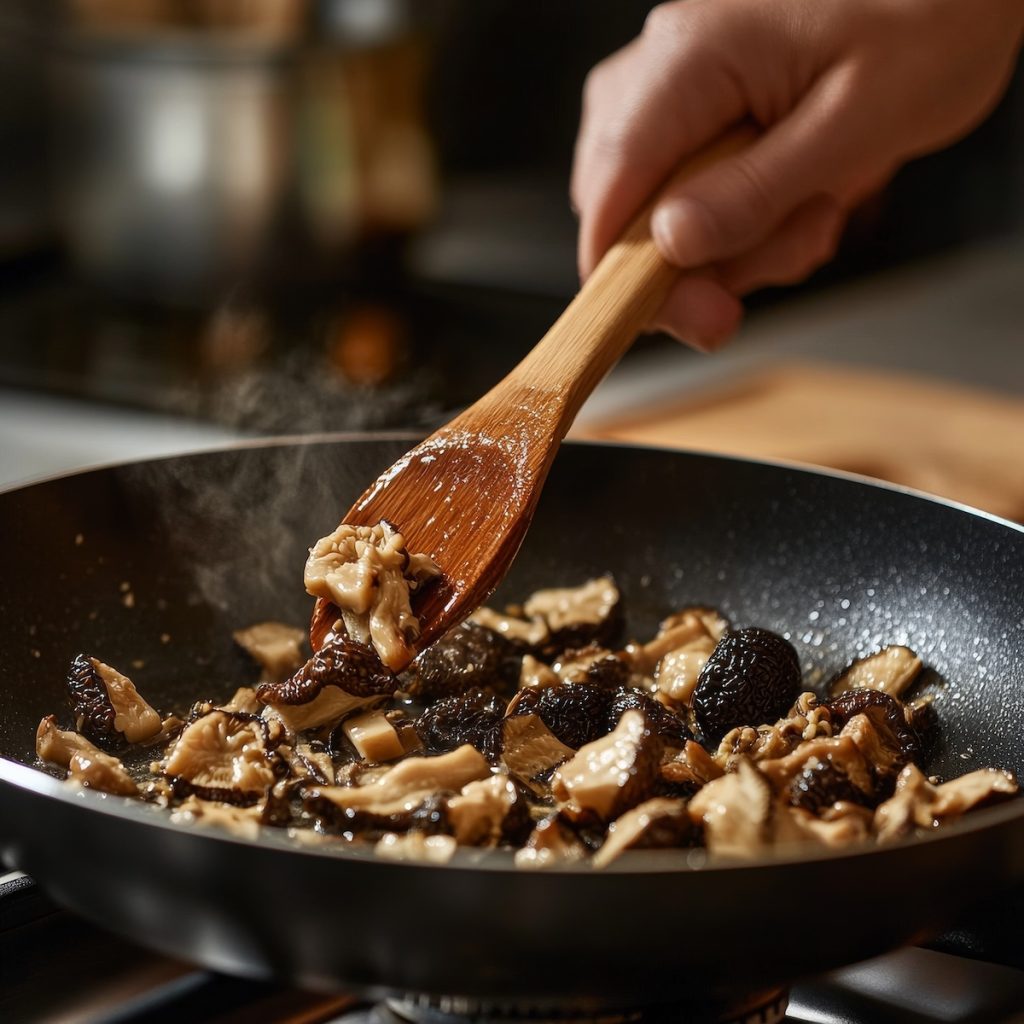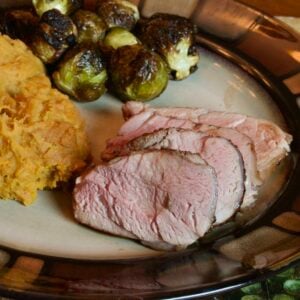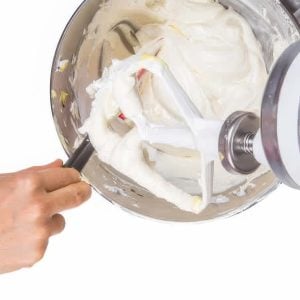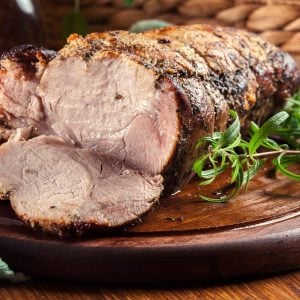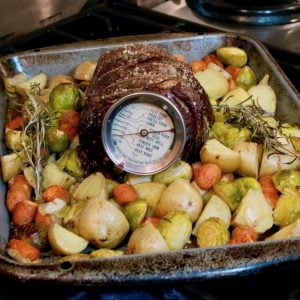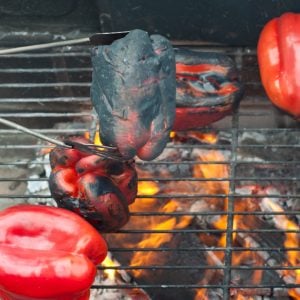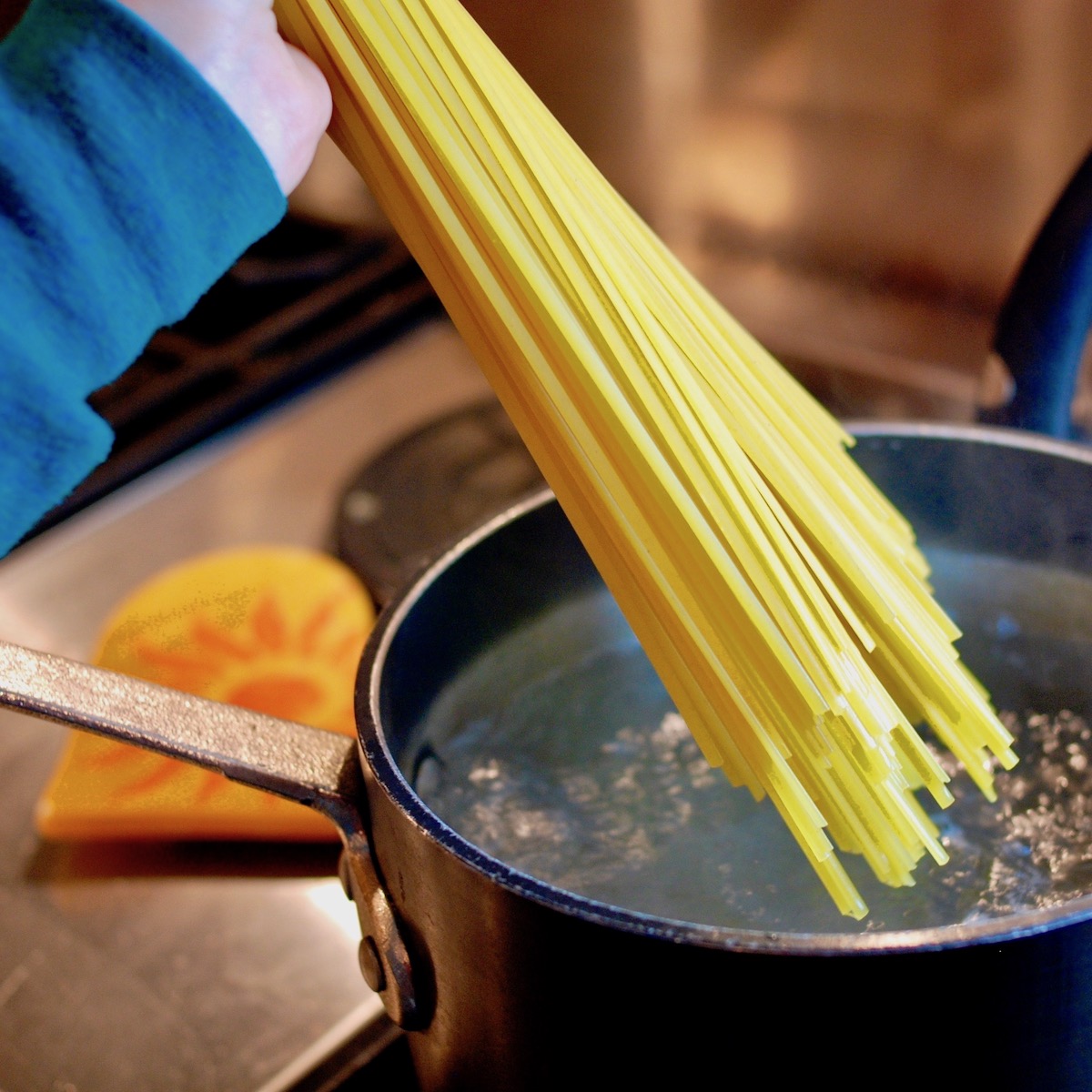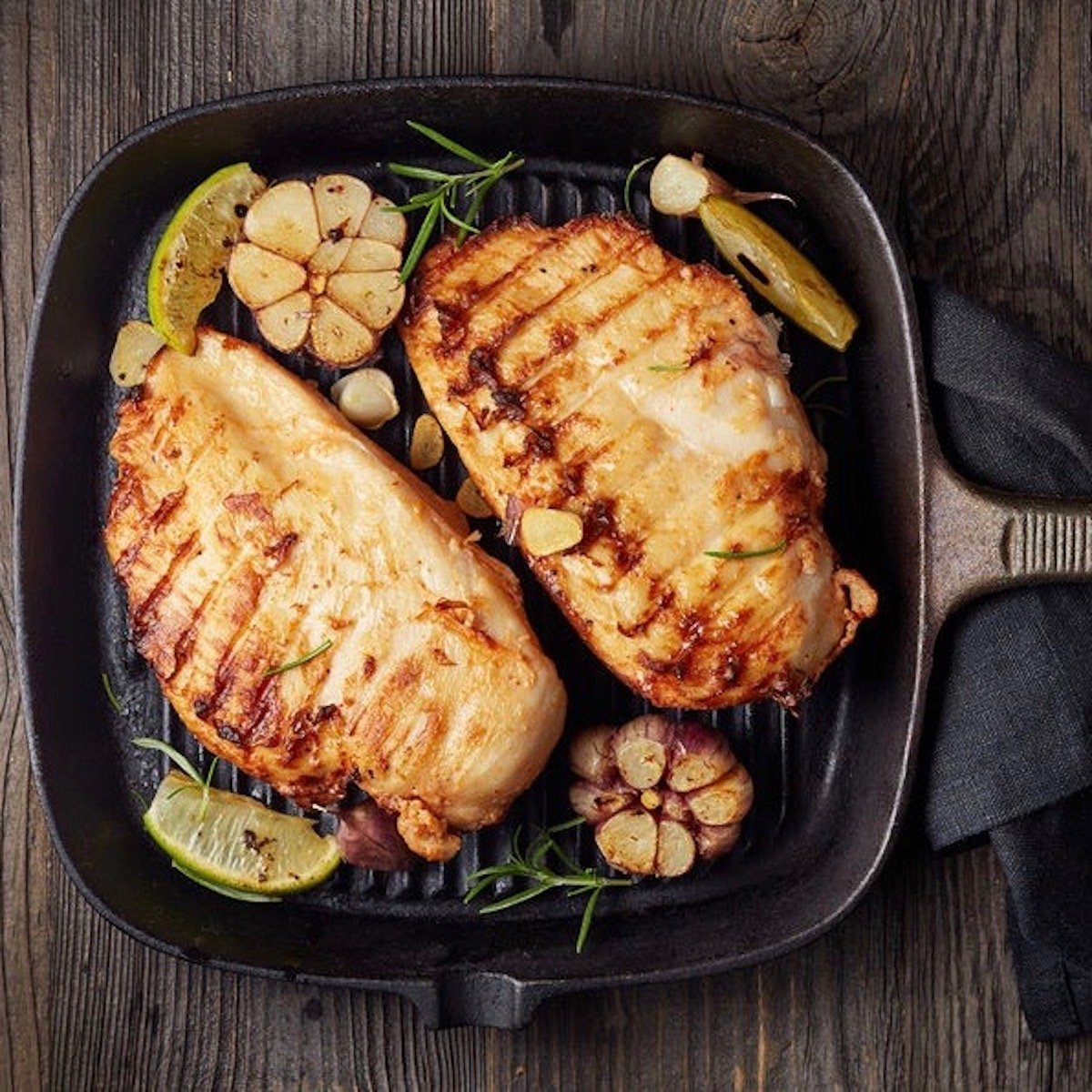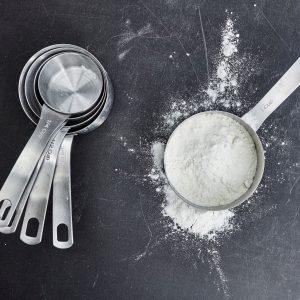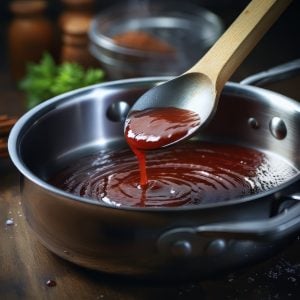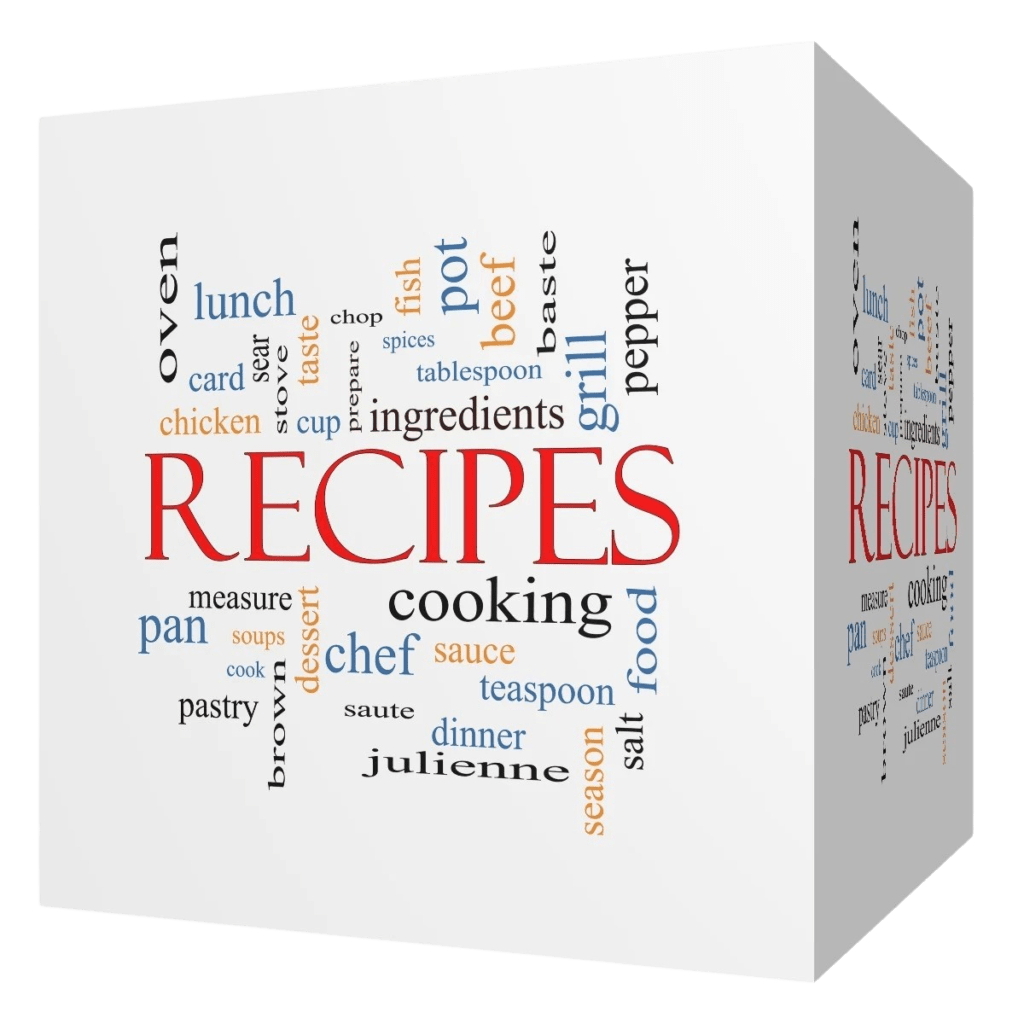The Ultimate Guide to Cooking Mushrooms—Wild, Domestic, and Delicious
Mushrooms: nature’s little flavor bombs that can turn a bland dish into a five-star feast—or a rubbery disaster if you don’t show them some respect. Whether you’re working with humble white buttons from the grocery store or proud morels plucked from the wild (after triple-checking they won’t kill you), cooking mushrooms perfectly is an art anyone can master—with just a little know-how and a hot pan.
The good news? Mushrooms want to taste amazing. The bad news? They’re full of water and drama. One wrong move, and you’re stuck with a soggy, sad pile of beige.
But worry not! In this post, we’ll cut through the fungus fuss and get straight to the good stuff: how to coax out that savory, golden-brown glory every time, no matter what mushroom you bring home.
You’ll learn how to clean them (yes, you can rinse them—gasp!), when to salt them (timing is everything), and the secret to that coveted sear. We’ll even cover how to treat wild mushrooms with the reverence they deserve—think less “dump in butter” and more “courtship ritual.”
So grab your skillet, crank the heat, and let’s get cooking. Your mushrooms—and your tastebuds—will thank you.
How to Cook Mushrooms - Lots of Options
| Cooking Method | How It’s Done | Result |
|---|---|---|
| Sautéing | Cook in a hot pan with a small amount of fat (butter/oil) | Rich, golden-brown mushrooms with concentrated umami flavor |
| Roasting | Toss with oil, spread on a baking sheet, roast at 400°F+ | Chewy, slightly crispy edges with deep, nutty flavor |
| Grilling | Skewer or place large mushrooms directly on grill over medium-high heat | Smoky, charred exterior with juicy interior |
| Pan-searing | High heat, minimal oil, don’t stir too often | Caramelized outside, meaty texture, bold flavor |
| Stewing | Simmer in liquid (like wine, stock, or sauce) for extended time | Tender, infused with the flavors of the stew |
| Stir-frying | High heat, quick cooking with constant motion | Lightly browned, crisp-tender mushrooms with bright flavor |
| Braising | Brown first, then simmer gently in a flavorful liquid | Silky texture with deeply infused flavors |
| Blanching | Brief boil in water or broth, usually before sautéing or freezing | Mild flavor, soft texture, often used for prep |
| Air-frying | Toss with a little oil, cook at high temp in air fryer | Crispy edges with minimal oil, snackable mushroom bites |
| Deep-frying | Breaded or battered, then submerged in hot oil | Crunchy exterior with juicy center—decadent and snacky |
| Microwaving | Place in a covered dish, cook on high for a short time | Soft and slightly rubbery; useful for pre-cooking or quick meal prep |
| Dry-sautéing | No oil, medium-high heat, let moisture cook off first | Intensely savory, good foundation for adding fat/flavor afterward |
| Smoking | Expose to low, smoky heat (e.g., in a smoker or smoke box) | Rich, complex smoky flavor—great for wild or large mushrooms |
| Pickling (post-cook) | Often blanched first, then soaked in vinegar/spices | Tangy, tender mushrooms with bold preserved flavor |
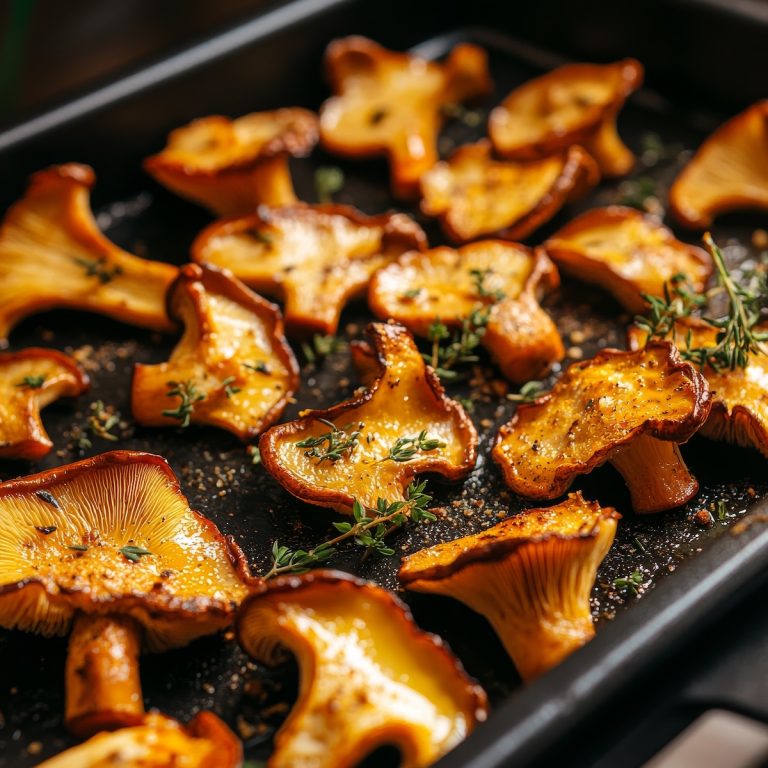
Chef's Secret's For Cooking Mushrooms
Ah, the mushroom mystique! While most chefs will gladly wax poetic about umami and butter, there are a few lesser-known tricks they tend to keep close to the apron. Here are some “secret” techniques that can take your mushrooms from good to “how did you do that?”:
Dry Saute First, Then Add Fat
Start cooking mushrooms in a dry, hot pan—no oil, no butter. This forces them to release their moisture quickly, concentrating their flavor and preventing sogginess. Once the water cooks off and they start browning, then you add fat for richness.
Don't Salt Too Early
Salt draws out moisture. If you salt mushrooms at the beginning, you risk steaming instead of browning them. For maximum golden crust and meaty bite, wait until they’re nicely seared before seasoning.
Use a Cast Iron Pan for Maximum Browning
Stainless steel or cast iron holds heat better than nonstick pans, allowing for that perfect golden sear. Mushrooms thrive on high, consistent heat—treat them like steak!
Roast with Soy Sauce or Miso
A tiny splash of soy sauce or a dab of miso paste in the roasting mix boosts natural umami without making them taste overtly salty or Asian-inspired—just deep, complex, and mysterious.
Marinate AFTER Cooking
Unlike meat, mushrooms absorb marinades better once cooked. Try tossing roasted mushrooms in a vinaigrette or herby oil while they’re still warm—it’s like giving them a flavor bath they actually enjoy.
Use Mushroom "Dust"
Save mushroom stems or dried varieties, and blitz them in a spice grinder to make umami-rich mushroom powder. Sprinkle it on cooked mushrooms (or anything, really) for instant depth.
Add a Splash of Vinegar or Lemon at the End
A little acidity brightens the deep earthiness of mushrooms. Just a teaspoon of sherry vinegar, balsamic, or lemon juice right at the end wakes up the entire dish.
Layer Mushroom Types
Mixing mushrooms—creminis with shiitakes, oysters with porcini—creates a more interesting flavor and texture profile than using just one variety. It’s like a mushroom orchestra instead of a solo.
Mushrooms Add Flavor - Here's Why
Mushrooms bring the flavor like they’ve got something to prove—and honestly, they do. They may not look like much, but once they hit the pan, they transform into umami-packed powerhouses that make your taste buds sit up and take notice.
What gives them this superpower? It’s all about their natural glutamates—the same savory compounds that make Parmesan, soy sauce, and a really good broth so irresistible.
These earthy little sponges also soak up flavor like gossip at a family reunion. Butter, garlic, wine, herbs? Mushrooms don’t just wear those flavors—they become them.
And when you cook them right—high heat, minimal crowding, no babying—they brown beautifully through the Maillard reaction (a fancy name for delicious caramelization), adding layers of deep, rich flavor to any dish.
Whether they’re sliced into a risotto, scattered over pizza, or starring solo in a skillet, mushrooms add that mysterious “something” that makes people think you’ve got secret chef training. Spoiler: it’s just science, heat, and a little respect for the fungi.
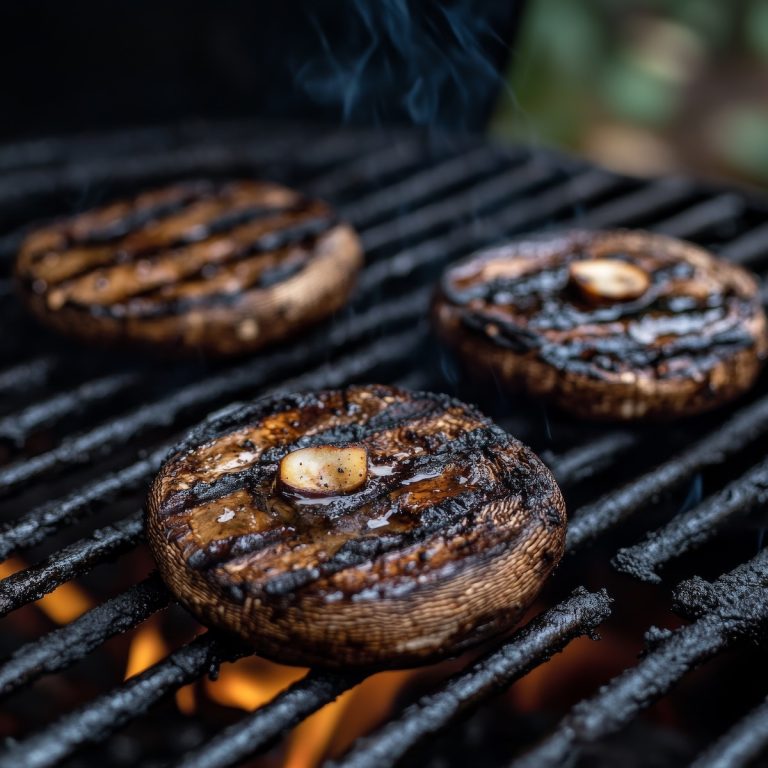
Mushroom Cooking No No's
Mushrooms may seem low-maintenance, but they’ve got a few hard rules. Here are the top mushroom no-no’s—culinary sins that can turn your savory little fungi into sad, squishy regret:
Crowding the Pan
Why it’s bad: Mushrooms are full of water. If you overcrowd them, they steam instead of brown.
Fix it: Cook in batches. Give them breathing room to caramelize and strut their umami stuff.
Salting Too Early
Why it’s bad: Salt draws out moisture prematurely and kills the sear.
Fix it: Wait until they’re nicely browned before seasoning. They’ll thank you by tasting incredible.
Using a Cold Pan
Why it’s bad: Mushrooms will soak up oil like a sponge in a rainstorm, leaving you with greasy, pale lumps.
Fix it: Always preheat your pan. Hot pan = golden mushrooms.
Washing and Letting Them Sit Wet
Why it’s bad: Wet mushrooms = soggy mushrooms.
Fix it: Rinse right before cooking and dry them well. No one likes mushroom soup by accident.
Cooking Them All the Same Way
Why it’s bad: Different mushrooms have different textures and needs. Treating a chanterelle like a portobello is a crime.
Fix it: Learn what your mushroom wants (high heat, gentle braise, quick toss)—then give it that.
Trashing the Stems
Why it’s bad: Some stems (like from shiitakes or portobellos) are tough, but they’re packed with flavor.
Fix it: Use them in broths, stocks, or grind into mushroom powder. Waste not, flavor lots.
Thinking They're Just a Sidekick
Why it’s bad: Mushrooms can be the star of the dish—meaty, savory, and complex.
Fix it: Treat them like the main character. They’ve earned it.
Can You Wash Mushrooms?
Yes, you absolutely can.
Despite what your grandma—or that one overly dramatic TV chef—told you, mushrooms will not turn to mush if they get wet. They’re not Gremlins.
Just don’t soak them.
A quick rinse under cold water or a roll in a salad spinner is perfectly fine. Dry them thoroughly with a clean towel or paper towels before cooking. The key is to clean right before you cook, not hours ahead, so they don’t sit around soggy.
Other Cleaning Options
If you prefer the delicate touch:
- Use a damp paper towel to wipe off dirt.
- A soft-bristled brush (like a pastry brush or a mushroom brush—yes, that’s a thing) works well on more delicate wild mushrooms.
- For really dirty shrooms (looking at you, wild foragers), trim the ends and then give them a good rinse. Prioritize food safety over mushroom purity.
Pro Tip: Dirt ≠ Flavor
Leaving soil on mushrooms doesn’t “add earthy flavor.” It adds grit. Clean them like you’re feeding someone with teeth worth preserving.

